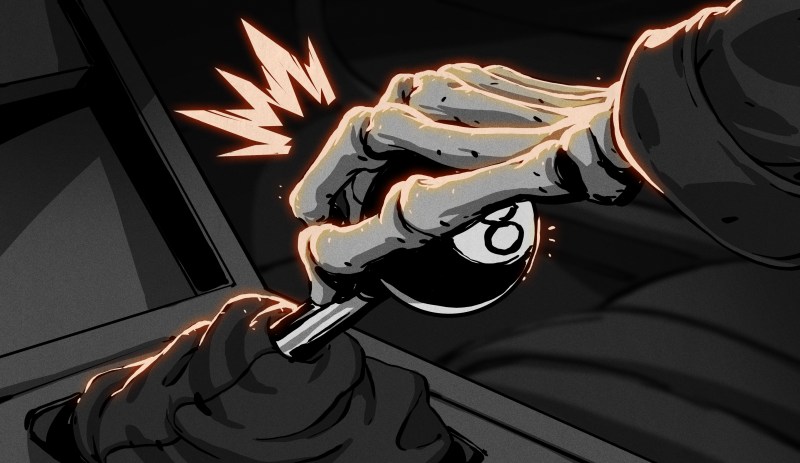
Call me crazy, but I’m ride or die for manual transmissions. I drove enough go-karts and played enough Pole Position as a kid to know that shifting the gears yourself is simply where it’s at when it comes to tooling around in anything that isn’t human-powered. After all, manuals can be roll-started. A driver has options other than braking and praying on slippery roads. Any sports car worth its rich Corinthian leather (or whatever) has a manual transmission, right? And you know that Rush’s Red Barchetta ain’t no automatic. Face it, shifting gears is just plain cooler. And it’s not a chore if it gets you more, although the fuel efficiency thing is a myth at this point.
You can imagine then my horror at the idea that someday within my lifetime, most cars will be twist-and-go electric go-karts. As the age of the combustion engine appears to draw to a close (no, seriously this time), there’s just one thing keeping the door open — marked enthusiasm for manual transmissions. From Audi to the Nissan Z, automakers report that the take rate for manual transmissions is quite high in the US, despite the death knell that has been tolling for two decades or so. Two models of Honda Civic are manual-only. This phenomenon isn’t restricted to sports cars, either — the 2022 Ford Bronco comes in a seven-speed manual, and has seen a take rate over 20%.
The Soullessness of a New Machine
The EV just seems so soulless to me, and I know I’m not alone in this. In a regular car, you’re just more in tune with what’s going on. There are sights and smells. Noises galore. I’m not saying that EVs don’t have their sensory landmarks, I just believe they are a different breed. Not a new breed, of course — electric cars have been around almost as long as combustion models. But obviously, the landscape is changing and has been for about 20 years now.
We don’t wax lyrical about paddle shifters as we do about manual gearboxes. — Henry Catchpole, automotive journalist
Electric cars may be powerful and have a ton of instantly available torque, but it’s just not the same experience. There’s no engagement, no feeling like you are one with the car. And besides, how often are you out there redlining your engine or testing the 0-60? Oh, never? That’s what I thought.
Realistically, those things don’t matter unless you’re a professional driver on a closed course. As Bob Sorokanich, editor-in-chief of Jalopnik said, “Tesla has the quickest car on the market — just floor the accelerator and hang on. It doesn’t take any driver skill.”
Now, doesn’t that just about sum it up? ‘Doesn’t take any driver skill’. Shouldn’t it, though? In the hundred and thirty or so years of the automobile, the one thing we haven’t managed to make safer is our interactions with each other on the road. Sure, we have speed limits now, and roll cages, and seat belts. But we’re all more distracted than ever, and we’re all still mostly human. So, does driving really need to be a place of convenience? I think not.
EV Sales Sticking Point: People Still Want Manual Transmissions
Source: Manila Flash Report
0 Comments